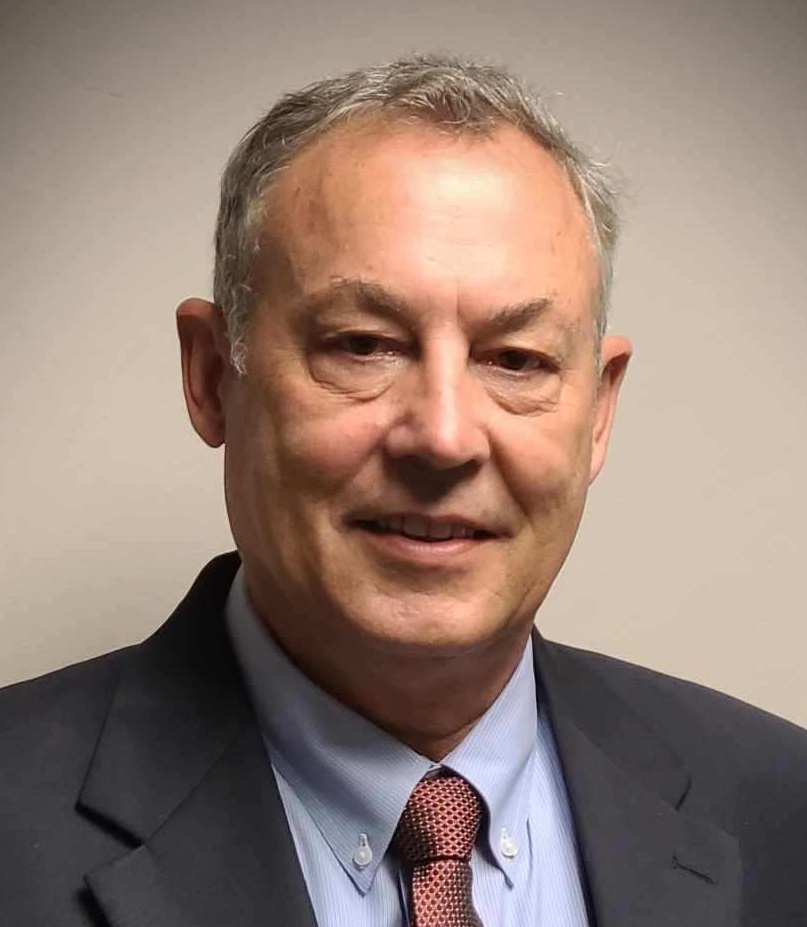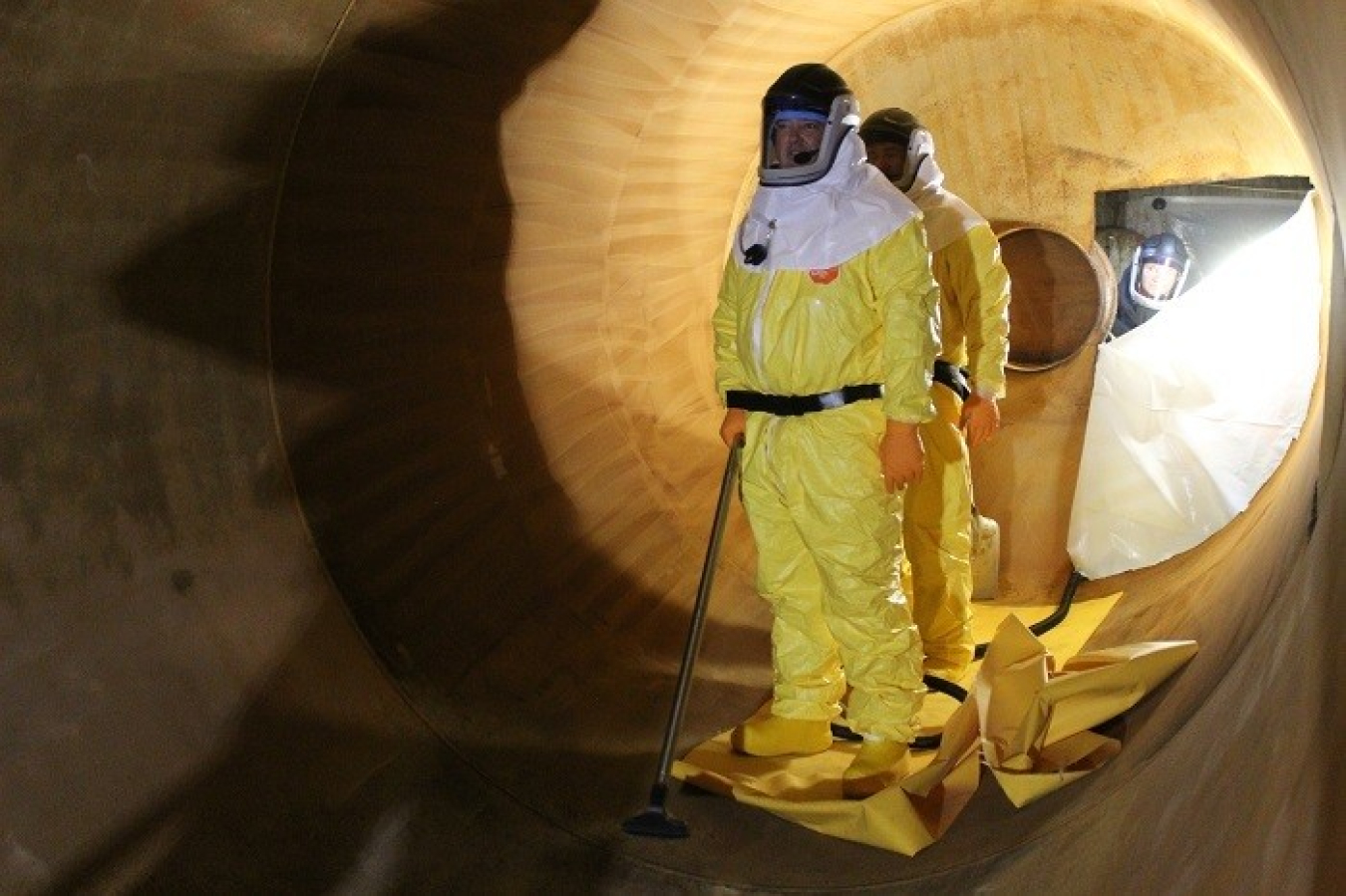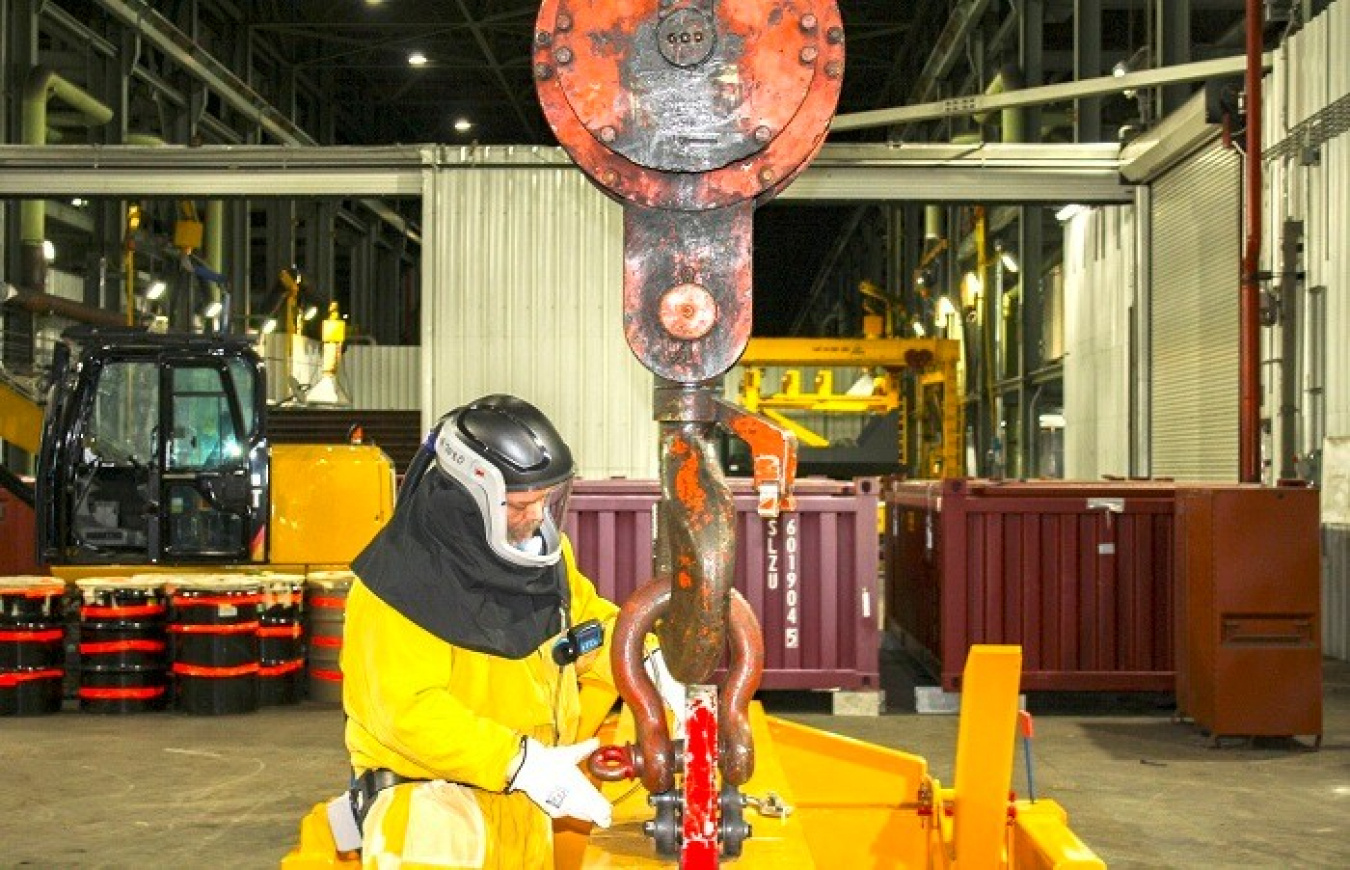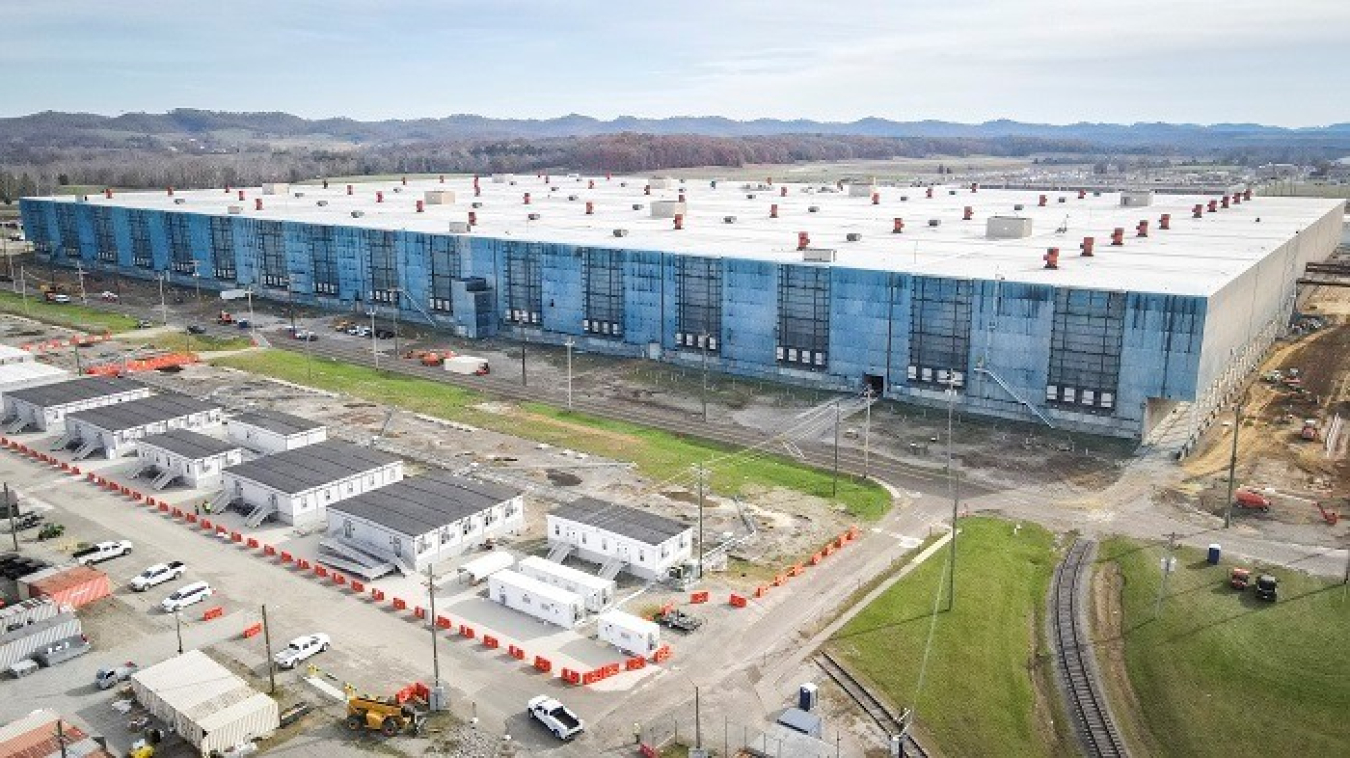If I had to characterize our status at PPPO right now, I would say it is transformative.
Portsmouth/Paducah Project Office
March 4, 2025How would you assess the current state of cleanup at both Portsmouth and Paducah? What are your main near-term opportunities for success? How has the One PPPO approach aided cleanup at these sites?
If I had to characterize our status at PPPO right now, I would say it is transformative. While we are making tremendous cleanup progress at both sites, we have realized we are no longer doing cleanup in isolation. With the states where our sites are located recently embracing positions on a nuclear resurgence, we are being challenged to make the sites available for traditional and nontraditional economic development.
This leans into our One PPPO approach to managing the work as an integrated enterprise. This has been critical to our current success at Portsmouth and our recent success at Paducah.
Just look at the timeline. EM jumpstarted final cleanup at Portsmouth about a decade ago. Since 2015, we reached two major regulatory decisions, have built and are operating an On-Site Waste Disposal Facility, and used excavated dirt from previously closed landfills and plumes for fill at the OSWDF. We’ve torn down the first of the site’s three former enrichment process buildings — these are huge buildings — along with a number of smaller facilities. And, perhaps most importantly, since 2018 we’ve transferred over 300 acres back to the local communities and they are seeing solid economic development interest. Looking ahead, this year we’ll begin demolition of the next process building, and moving forward with the next land transfer.
At Paducah, we’ll tailor the approach from Portsmouth through a new “Decision 2029” regulatory strategy. We’re moving forward with deactivation work at one of Paducah’s former enrichment process buildings to prepare it for demolition. We’re also preparing for the first land transfer at Paducah, and we’re seeing the local community there getting excited about future reuse possibilities as well.
Mr. Bradburne

Manager
Portsmouth Paducah Project Office Manager
How are Portsmouth and Paducah sharing expertise and lessons learned as they advance the facility D&D projects you mentioned and other cleanup work?
This is a hallmark of the One PPPO approach. We’re managing the work at Portsmouth and Paducah not as two sites, but as a set of seven former enrichment buildings and seven DUF6 processing lines. One PPPO promotes openness, collaboration and teamwork by allowing us to leverage knowledge transfer and real time lessons learned by getting our teams, including our labor workforce, to the sites. The ability to do immediate problem solving across the enterprise is leading to measurable efficiencies that is accelerating safe and secure cleanup.
How will Decision 2029 accelerate cleanup at Paducah and benefit the community?
I think this approach is a great example of EM looking to develop and utilize innovative strategies. We are working with the U.S. Environmental Protection Agency and our regulators in the Commonwealth of Kentucky to conduct a more holistic and integrated regulatory approach, based on our successful experiences at Portsmouth. Through Decision 2029, we are working to reduce by 90 percent the amount of regulatory decisions we need at Paducah — from 51 to just five covering groundwater cleanup, environmental media, facility D&D and on-site waste disposal. If we’re successful, we think this can accelerate final cleanup decision-making by 25 years. It’ll position us to immediately ramp up work at Paducah.
The Paducah community and the Commonwealth of Kentucky are aggressively ramping up their energy development and have already submitted a request for land transfer. Ultimately, successful implementation of Decision 2029 will get assets back to the community faster, and reduce the federal footprint.
I’m proud of the strong relationship we at PPPO have with our regulators at EPA and in Kentucky. We appreciate their willingness to work with us as we advance Decision 2029. I think we’re all excited about what is possible through this collaborative approach.
One of the exciting things in recent years is the growing interest in reusing land and assets like nickel. Can you outline what are main opportunities you see in the near term to utilize assets at Portsmouth and Paducah to help enable U.S. jobs, U.S. energy and U.S. security?
There is so much potential at Portsmouth and Paducah to help the local communities build a bright future and to help advance DOE’s overall goals to build, as Secretary Wright has said, a “golden era” for American energy. As I mentioned, we’ve already transferred 300 acres at Portsmouth and are moving forward with the fourth package now, with new companies already interested in building at the site. At Paducah, we’re advancing work to conduct our first land transfer, and we’re seeing growing excitement and interest from the local community about what can be possible as we successfully clean up the site.
But there’s more than just land. At both sites there’s a large quantity of nickel that has great potential for reuse. One of EM’s priorities this year is to move forward with examining a process that can extract nickel from surface contaminated material to be reused for a variety of purposes. In addition, at Portsmouth the DUF6 material has become attractive for interagency reuse and at Paducah, DOE has an agreement with Global Laser Enrichment to use some of the material to help advance a new laser enrichment facility. More than ever, there is a growing need to turn a once-considered liability into a reusable asset.
I’m really excited about our next chapters at Portsmouth and Paducah, and even more so about what we’re capable of doing. We’ve got a great team here, and we’re not only cleaning up the past legacy at these sites, but we’re working to make so much available so that communities around the two sites can continue playing a role in U.S. energy and security for years to come.




